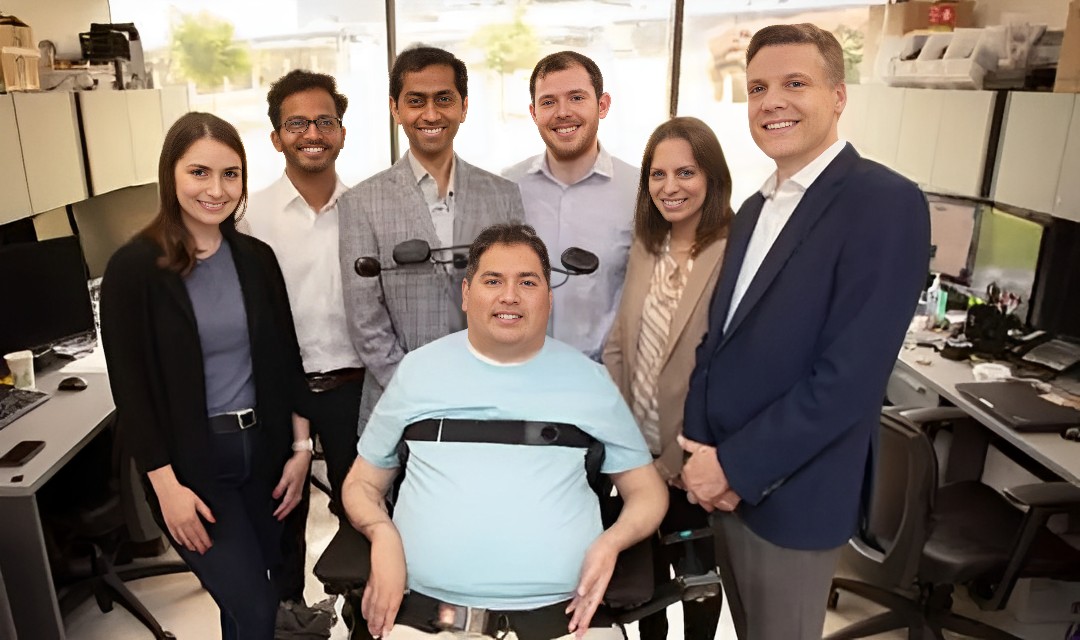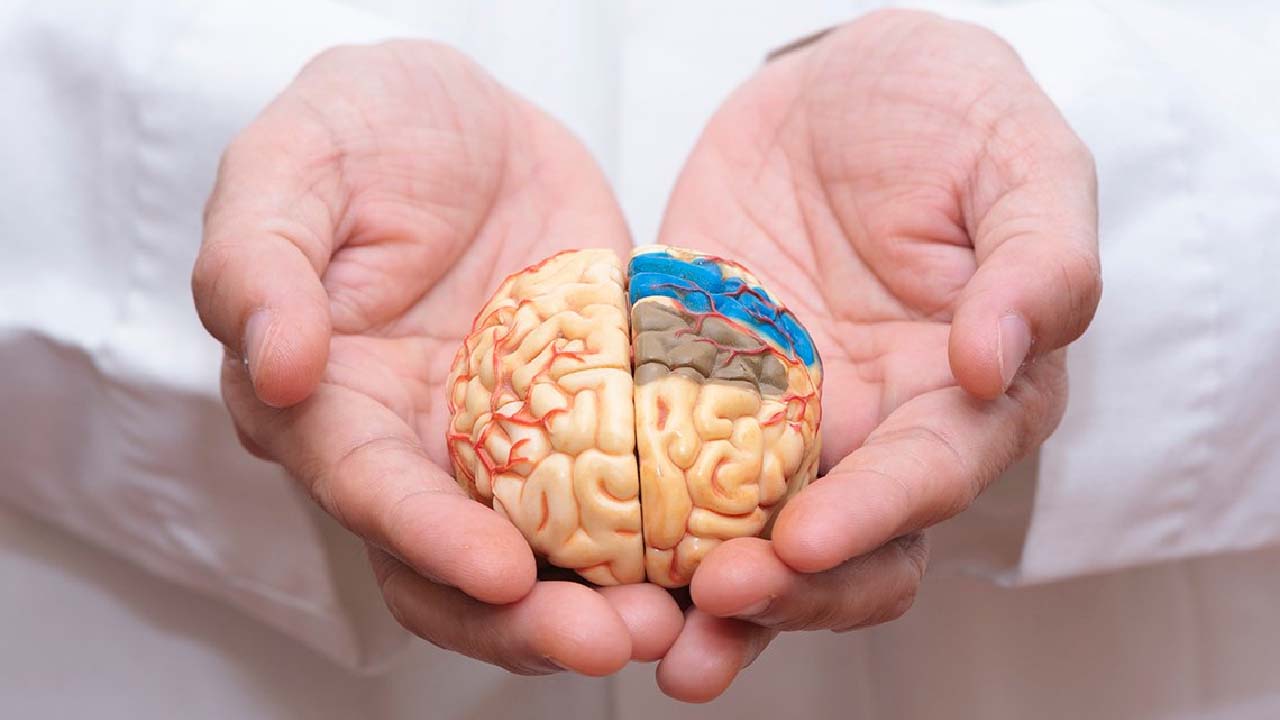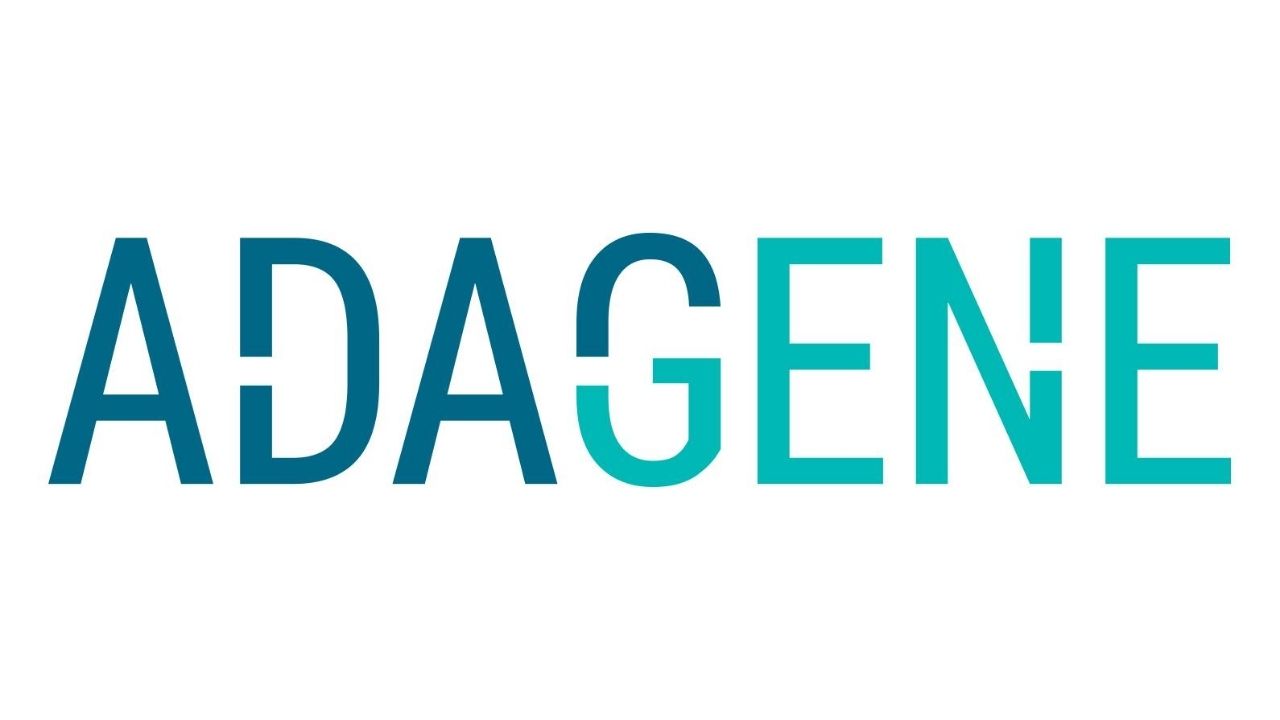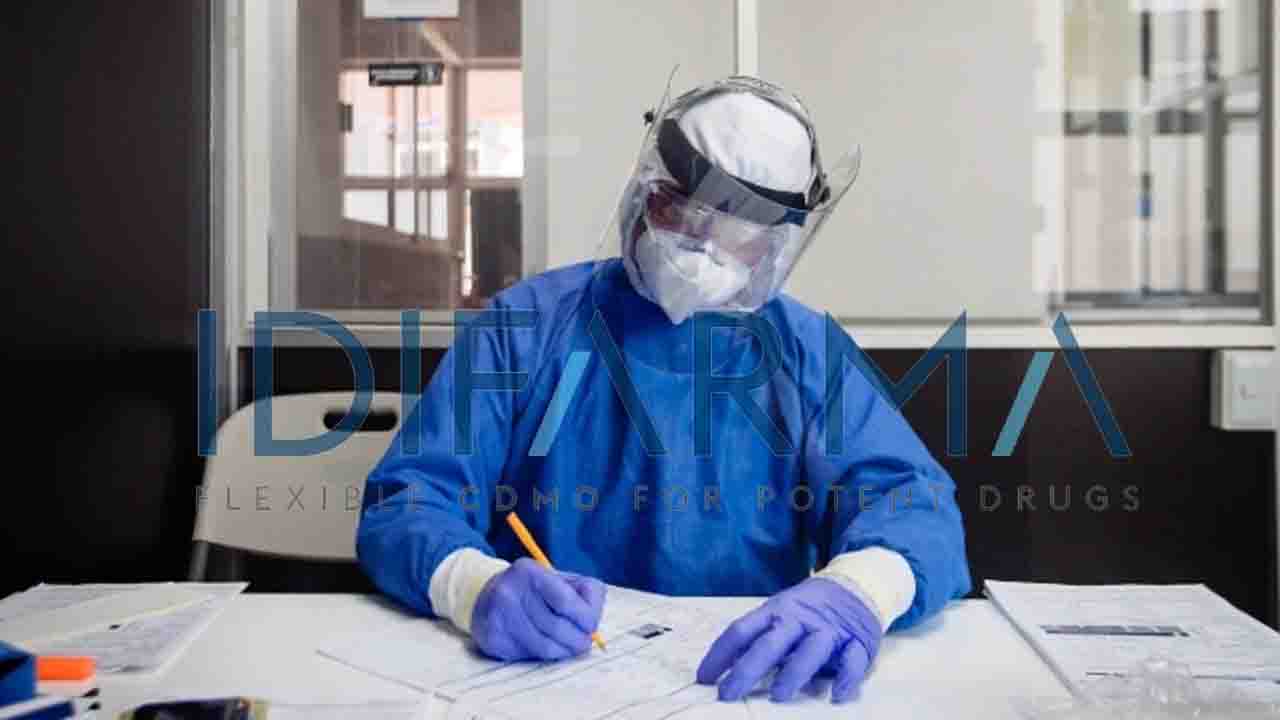Octapharma announces that the final results from the phase III ProDERM study will be presented at the American College of Rheumatology (ACR) Convergence 2020 virtual meeting. The ProDERM study assessed the long-term efficacy, tolerability and safety of octagam® 10%, an intravenous immunoglobulin (IVIg), in patients with dermatomyositis.
The primary endpoint of the study was met, with a significantly higher proportion of responders in the octagam® 10% group compared with the placebo group (78.7% vs 43.8%; p=0.0008) The response in the octagam® 10% group in the First Period of the study was maintained for all efficacy endpoints through the open-label Extension Period The majority of adverse events were mild in intensity and octagam® 10% was generally well tolerated in this population of patients with dermatomyositis.Dermatomyositis is a rare systemic autoimmune disease of unknown cause, which targets muscle and/or skin and other organs. Patients suffer from skin rashes, chronic muscle inflammation leading to muscle weakness, and have a 10-year survival rate of approximately 50%1. While there are no proven and approved treatments for dermatomyositis, some patients receive off-label IVIG therapy2 but data from large randomized placebo-controlled studies of IVIG in these patient population are scarce. The US Food and Drug Administration (FDA) granted Octapharma an Orphan Drug designation for octagam® 10% for the treatment of patients with dermatomyositis in May 2017.
The ProDERM study was the first pivotal randomised clinical trial to evaluate IVIg for dermatomyositis. In an initial 16-week double-blind placebo-controlled period, patients were randomised to receive either high-dose octagam® 10% (2g/kg) or placebo every four weeks. This was followed by an open-label extension period during which all patients received octagam® 10% every four weeks for a further 24 weeks (excluding patients who had shown clinical worsening while receiving octagam® 10% in the initial 16 weeks).
The primary endpoint was the proportion of patients who responded to treatment at Week 16, as defined by an improvement of 20 points on the Total Improvement Score (TIS) of the 2016 ACR/European League Against Rheumatism (EULAR) myositis response criteria3. The TIS is based on six myositis core set measures: Manual Muscle Testing, Physician Global Disease Activity, Patient Global Disease Activity, Health Assessment Questionnaire, Muscle Enzyme and Extra-muscular Disease Activity.
The study enrolled 95 patients from 36 sites in 10 countries. “The design of the ProDERM study, allowing patients to switch treatment if they deteriorated, facilitated recruitment of a large number of patients for such a rare disease,” said Rohit Aggarwal, MD MS, University of Pittsburgh, member of the ProDERM study Steering Committee. “The rather large patient population of this study compared to former smaller studies make the results much better applicable in the clinic, especially in view of the very heterogeneous nature of this disease.”
At Week 16, 78.7% (37/47) of patients receiving octagam® 10% were responders compared with 43.8% (21/48) of patients receiving placebo. A supportive analysis of the primary endpoint showed a significantly higher mean TIS in the octagam® 10% group (47.7) compared to the placebo group at Week 16 (21.3, p<0.0001). By the end of the open-label Extension Period at Week 40, 69.6% (32/46) of the patients who had switched from placebo to octagam® 10% were responders, demonstrating that patients initially randomised to placebo improved after switching to octagam® 10%. The response rate in patients in the IVIG group was maintained until Week 40 (71.1%; 32/45). The safety and tolerability profile showed that administration of octagam® 10%was generally well tolerated in this patient population.
“Until now, patients with dermatomyositis had a poor prognosis and a lack of approved treatment options”, said Olaf Walter, Board Member at Octapharma. “We are very excited about the positive results of the ProDERM study. Improving the lives of patients is central to Octapharma’s mission, and we are proud to share these data with the aim of making effective therapy available to patients with dermatomyositis.”
The results of the ProDERM study demonstrated the efficacy, safety and tolerability of octagam® 10% in patients with dermatomyositis and are the first to show a clinical benefit from a large randomized placebo-controlled study of IVIg in dermatomyositis patients.
About the ProDERM study
The Progress in DERMatomyositis study (ProDERM, NCT02728752) was an international multi-centre double-blind, randomised, placebo-controlled phase III clinical trial that investigated the efficacy, safety and tolerability of octagam® 10% in patients with dermatomyositis. The ProDERM study enrolled 95 patients from 36 sites in 10 countries.
About octagam® 10%
Octagam® 10% is ready to use, a liquid preparation of highly purified human immunoglobulin for intravenous administration. Octagam® 10%is approved for idiopathic thrombocytopenic purpura in the USA, Europe and Canada. It is also approved for use in the treatment of primary immunodeficiency, secondary immunodeficiencies and Guillain Barré syndrome in Europe and Canada and for CIDP in Europe.
About dermatomyositis
Dermatomyositis is a rare immune-mediated inflammatory myositis characterised by skin rashes on the eyelids, chest, and joints of the hands as well as proximal muscle weakness secondary to chronic skin and muscle inflammation, respectively4. Despite significant morbidity and mortality associated with dermatomyositis, there are no clinically proven therapies approved by the US or European regulatory authorities for the treatment of dermatomyositis.
About Octapharma
Headquartered in Lachen, Switzerland, Octapharma is one of the largest human protein manufacturers in the world, developing and producing human proteins from human plasma and human cell lines.
Octapharma employs more than 10,000 people worldwide to support the treatment of patients in 118 countries with products across three therapeutic areas: Haematology, Immunotherapy, and Critical Care.
Octapharma has seven R&D sites and six state-of-the-art manufacturing facilities in Austria, France, Germany, Mexico and Sweden, with a combined capacity of approximately 8 million litres of plasma per annum.
In addition, Octapharma operates more than 140 plasma donation centres across Europe and the USA.

 Octapharma announces that the final results from the phase III ProDERM study will be presented at the American College of Rheumatology (ACR) Convergence 2020 virtual meeting.
Octapharma announces that the final results from the phase III ProDERM study will be presented at the American College of Rheumatology (ACR) Convergence 2020 virtual meeting. 



















.jpeg)

.jpeg)










.jpg)




.jpg)

